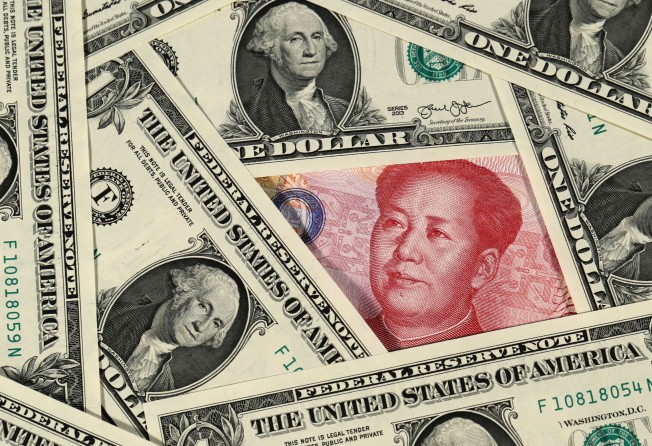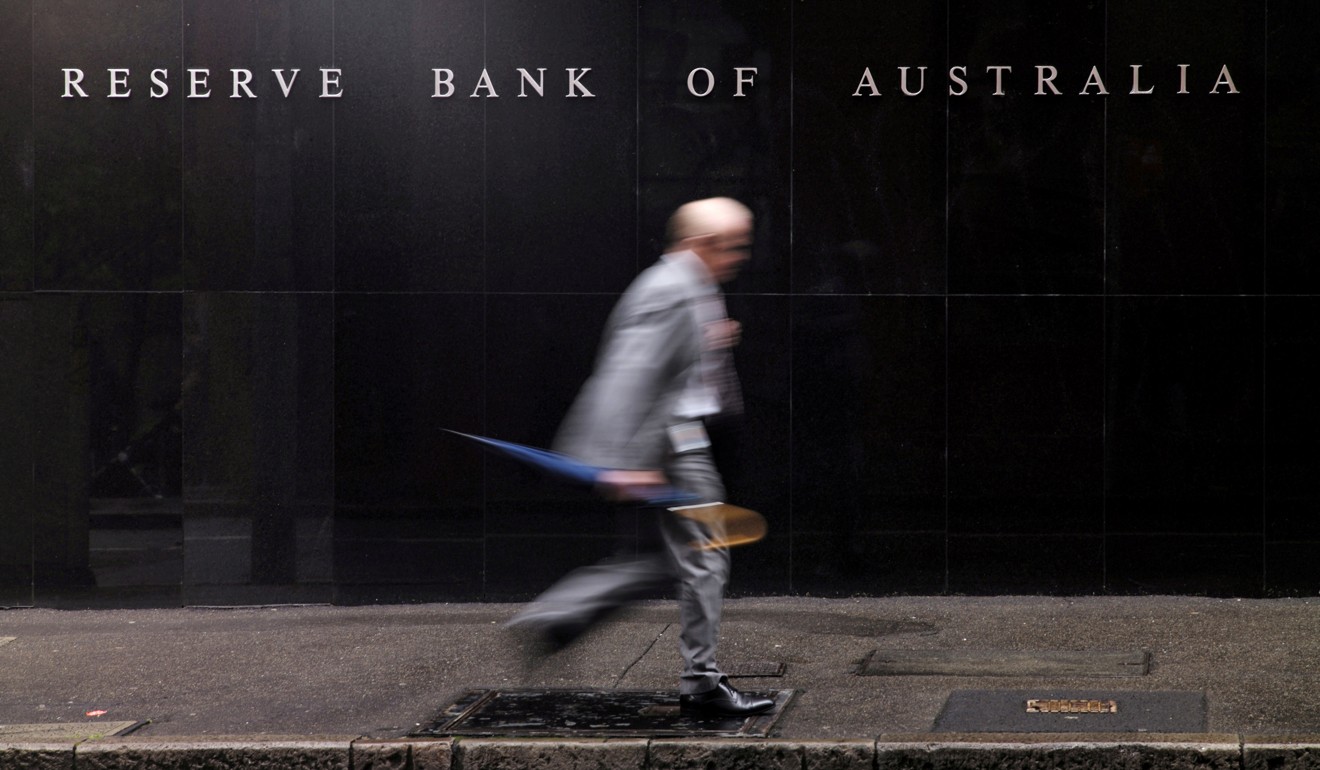Donald Trump won’t like it, but a strong US dollar reflects a weak yuan more than American economic strength
Neal Kimberley says if analysts are right in linking weaknesses in the Hong Kong dollar, Australian dollar and the emerging market index to a fall in the yuan’s value, then investors can’t ignore developments in China

The US dollar has had a good run. Indeed, “Money is pouring into our cherished DOLLAR like rarely before,” US President Donald Trump tweeted last Thursday. But what’s really driving the move? Perhaps recent general US dollar strength is as much driven by specific yuan weakness as anything else.
If that assertion is correct, then markets shouldn’t just take a US-centric approach to the greenback’s future prospects; they should also focus on China, especially if media reports of a summit in November between China’s President Xi Jinping and his US counterpart are correct.
Simon Derrick, chief currency strategist at BNY Mellon, made the argument last Thursday that recent Hong Kong dollar weakness owed more to a lower yuan than to any US dollar-related considerations.
When the Hong Kong Monetary Authority found itself having to defend the Hong Kong dollar against the US dollar in April and May, Derrick wrote, what drove the move “appeared to be a blowout in the three-month Libor/Hibor spread to levels last seen in 2007”. Yet, in recent days, although the spread has only widened out slightly since late July and stood “well short of the levels hit in April”, the HKMA had to step back into the market as the Hong Kong dollar weakened to 7.85 against the greenback.
Watch: Why Hong Kong pegs its currency to the dollar
The US firm links this Hong Kong dollar weakness to accompanying yuan depreciation, making the additional point that “renewed weakness seen in the Hang Seng Index since mid-June” coincided with a fall in the yuan’s value following the US imposition of trade tariffs.
Indeed, BNY Mellon noted, the correlation over the past 45 trading sessions between the Hang Seng Index and the offshore yuan/HK dollar ran at “an impressive 83 per cent”.
Elsewhere, faced with good employment growth but no material increase in wages, the Reserve Bank of Australia needn’t rush to raise rates, leaving the Australian dollar – like other currencies whose central banks have a similar monetary stance – exposed, with the greenback buoyed by Federal Reserve interest rate increases.
In a separate BNY Mellon research piece, senior currency strategist Neil Mellor wrote on Thursday that “yield support (on a 2- and 10-year basis) currently stands at 18-year lows” for the Australian dollar, but that’s only part of the story. Mellor noted that the Australian dollar’s “largest daily moves this year have all been instigated, directly or indirectly, by China-related news (on February 2, June 14, July 11)”.
The US bank also identified a “65 per cent weekly correlation” between the Shanghai Composite Index and the performance of Australian dollar/US dollar, which has been “fairly constant” since 2010.

Another US firm, Citibank, writing last week, feels that in the year to date, China has been a more important driver of emerging market asset markets than the US dollar, and that, additionally, offshore yuan weakness looks likely to exacerbate the US dollar-G10 currencies upside.
The US bank noted that for equities, while February to April saw both the broad US dollar and US 10-year yields trading in a range, “which should have been a fairly robust, or at least sideways, environment for emerging market equities”, in reality “the emerging market index really started losing steam in March, in step with the Shanghai composite”.
With that in mind, it is Citibank’s view that specific investor concerns about Chinese growth triggered a wider exit from emerging markets which, combined with trade wars and related renminbi depreciation, ultimately resulted in wider capital outflows from emerging market assets and a “stronger broad US dollar”.
In consequence, although Citibank still foresees some further US dollar appreciation, it also takes the view that, in time, the “loosening of Chinese monetary and fiscal policy will offset US-centric emerging market weakness”.

It’s simple to argue that tighter US monetary policy and strong US gross domestic product data, fuelled by the Trump administration’s fiscal stimulus, should anyway support a stronger US dollar, but that doesn’t necessarily capture all that’s currently driving markets.
If yuan weakness has been a primary driver of recent broad US dollar strength, not to mention specific Hong Kong dollar and Australian dollar weakness, then investors cannot afford to ignore developments in China as they manage their current US dollar exposures. If a weaker yuan has led the broader US dollar higher, then any stabilisation of the yuan might have the opposite effect on the greenback’s broader trajectory.
One thing’s for certain, Trump’s “cherished dollar” can’t just keep rising. And it might be clues from the yuan’s trajectory that will lead investors to ultimately conclude that, more generally, the greenback has climbed high enough.
Neal Kimberley is a commentator on macroeconomics and financial markets